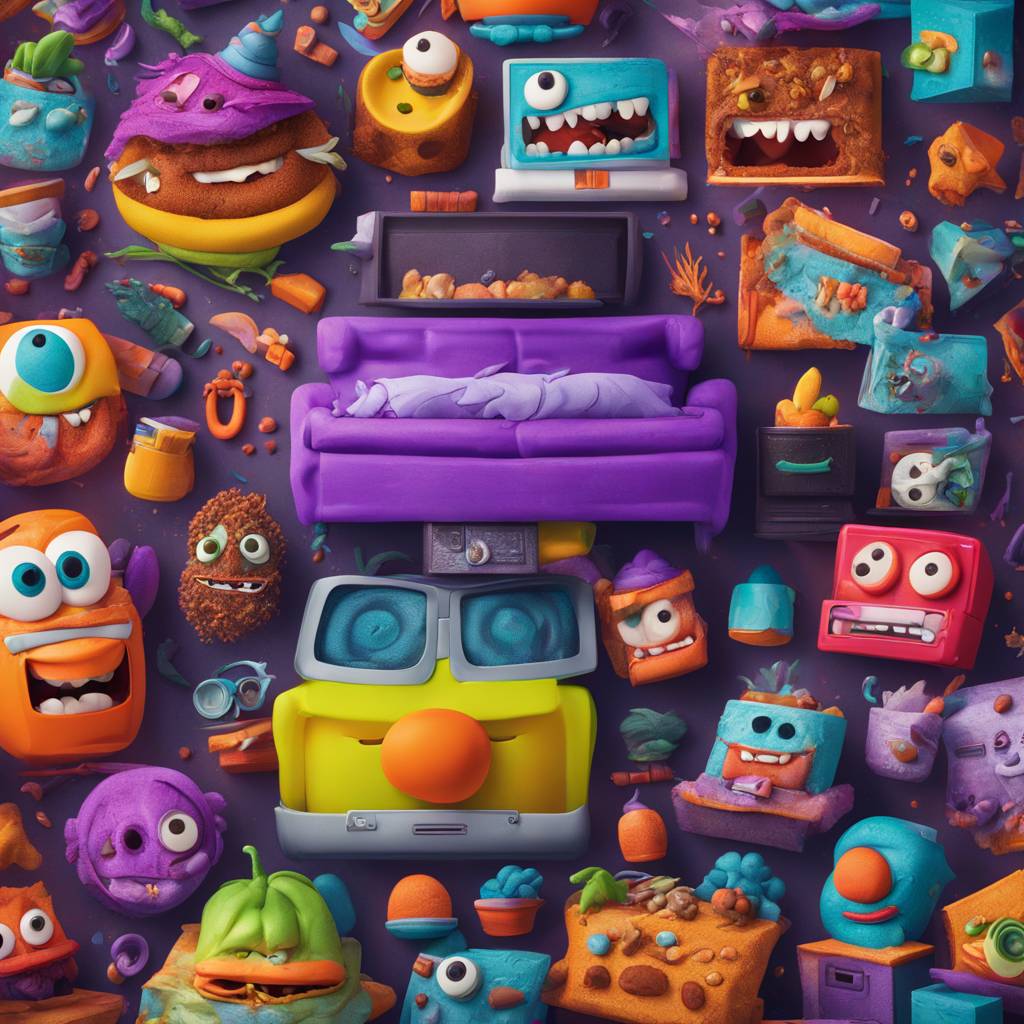dark realities behind the facade of kids’ TV shows. Bell’s statement reflects the common experience of many child actors who faced a myriad of challenges while working in the entertainment industry. The series shed light on the pressures and hardships these young performers endured, from exploitation and manipulation to health issues and emotional trauma. The behind-the-scenes stories revealed in the show serve as a stark reminder of the darker side of the seemingly glamorous world of children’s television.
One of the key revelations in the series was the prevalence of exploitation and abuse in the industry. Many child actors were taken advantage of by adults in positions of power, who manipulated and controlled them for their own gain. This abuse often took the form of psychological manipulation, coercion, and even physical abuse. The stories shared by former child actors in the series painted a disturbing picture of the lengths to which some people would go to exploit vulnerable young performers. The show highlighted the need for better protection and support for child actors in the entertainment industry.
In addition to exploitation, the series also addressed the significant health issues that many child actors faced as a result of their work. Long hours, pressure to maintain a certain appearance, and demanding schedules all contributed to the physical and mental health challenges experienced by many young performers. Some shared their struggles with eating disorders, substance abuse, and other mental health issues that were exacerbated by their experiences in the industry. The show underscored the importance of prioritizing the well-being of child actors and providing them with the necessary resources and support to cope with the demands of their profession.
Another disturbing aspect of the dark side of kids’ TV highlighted in the series was the emotional trauma experienced by many child actors. The pressure to perform, meet expectations, and navigate complex interpersonal relationships on set often took a toll on the mental and emotional well-being of young performers. The show revealed the intense psychological impact that the industry had on many child actors, leading to anxiety, depression, and other emotional struggles. By sharing these stories, the series aimed to raise awareness about the emotional challenges faced by child actors and the importance of addressing their mental health needs.
Despite the hardships and challenges faced by many child actors in the industry, the show also highlighted the resilience and strength of these young performers. Through their stories, viewers gained insight into the inner strength and determination that allowed many child actors to persevere in the face of adversity. Their courage in speaking out about their experiences and advocating for change in the entertainment industry inspired others to do the same. The series served as a platform for former child actors to share their truths and shed light on the darker side of kids’ TV, ultimately leading to a greater awareness and understanding of the realities of working in the entertainment industry at a young age.
In conclusion, Quiet on Set: The Dark Side of Kids TV offered a powerful and eye-opening look at the challenges and realities faced by child actors in the entertainment industry. The series exposed the exploitation, abuse, health issues, and emotional trauma that many young performers endured behind the scenes of children’s television shows. By sharing these stories, the show sparked important conversations about the need for greater protection and support for child actors, as well as the importance of prioritizing their well-being and mental health. Despite the hardships they faced, the resilience and strength of these young performers shone through, inspiring others to speak out and advocate for change in the industry. Ultimately, Quiet on Set served as a poignant reminder of the darker side of kids’ TV and the importance of creating a safe and supportive environment for child actors in the entertainment industry.





